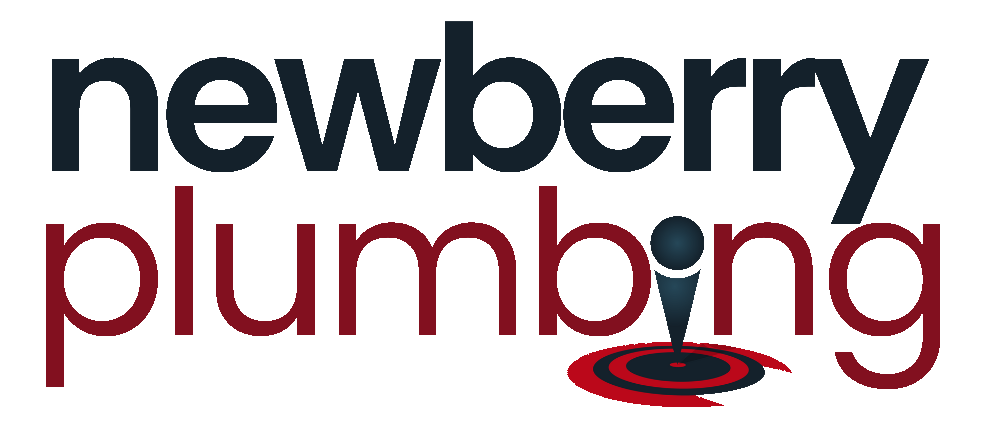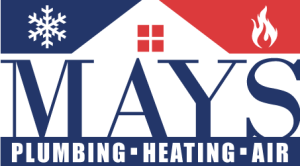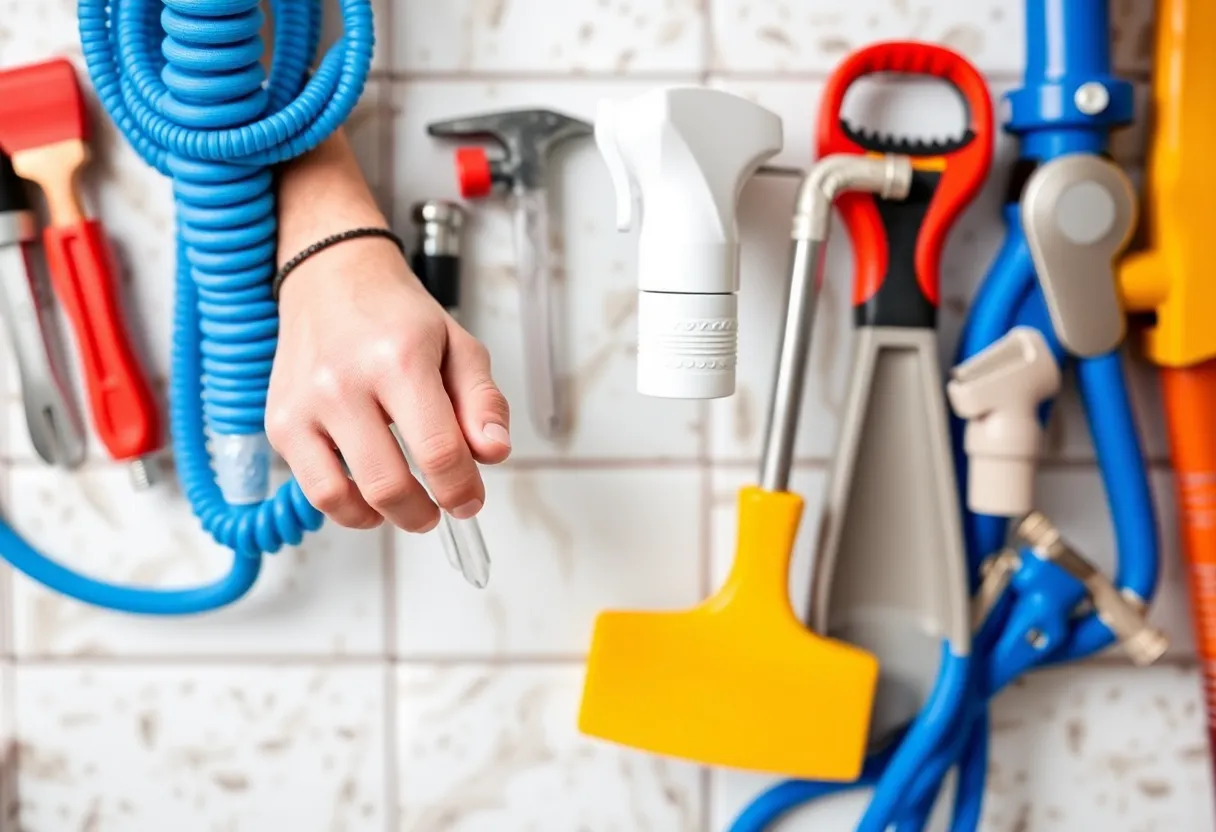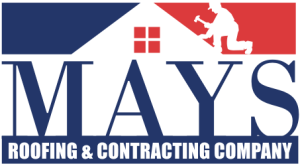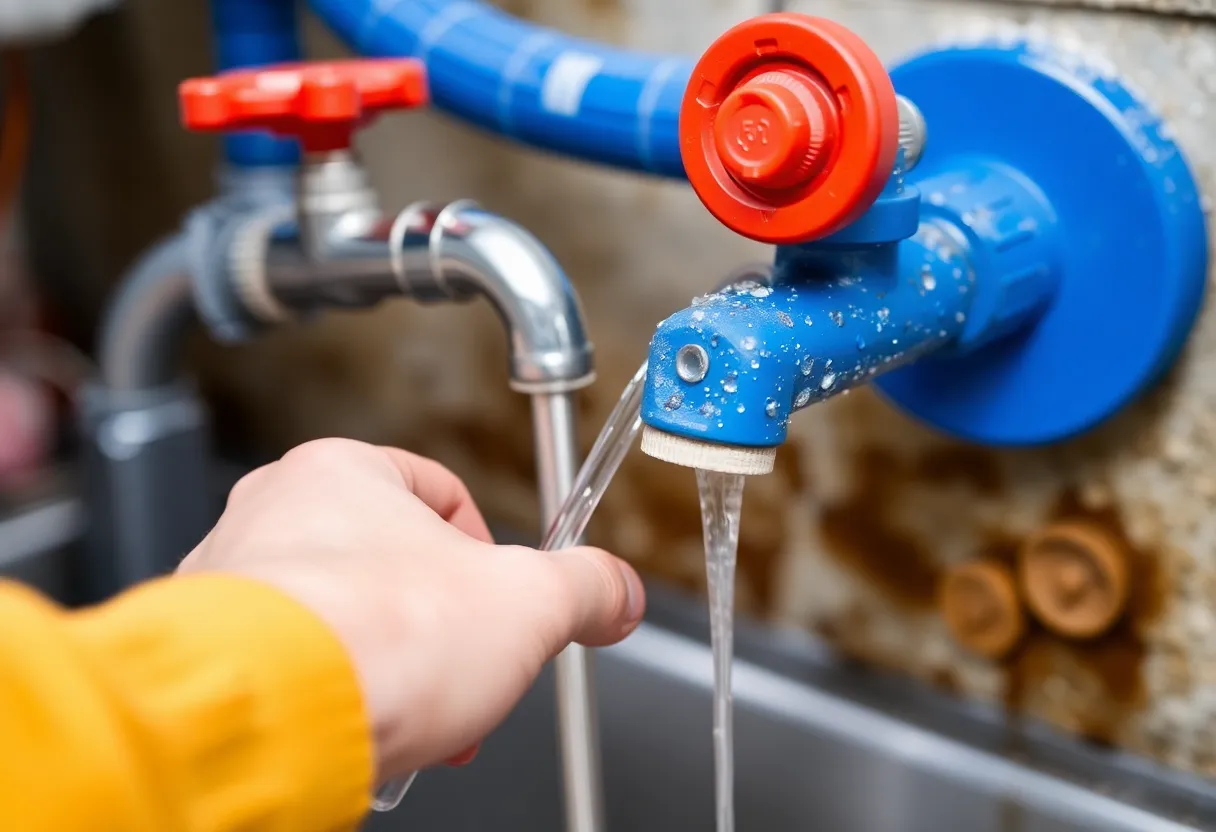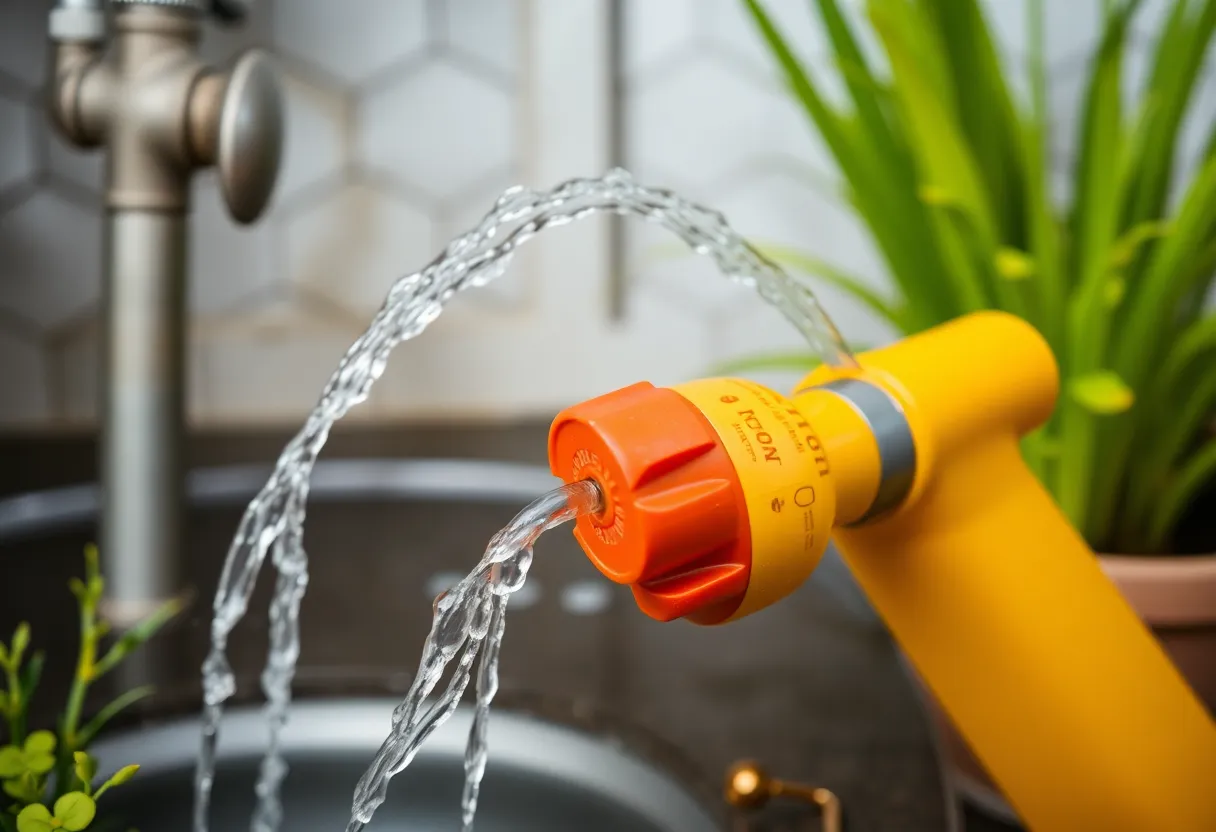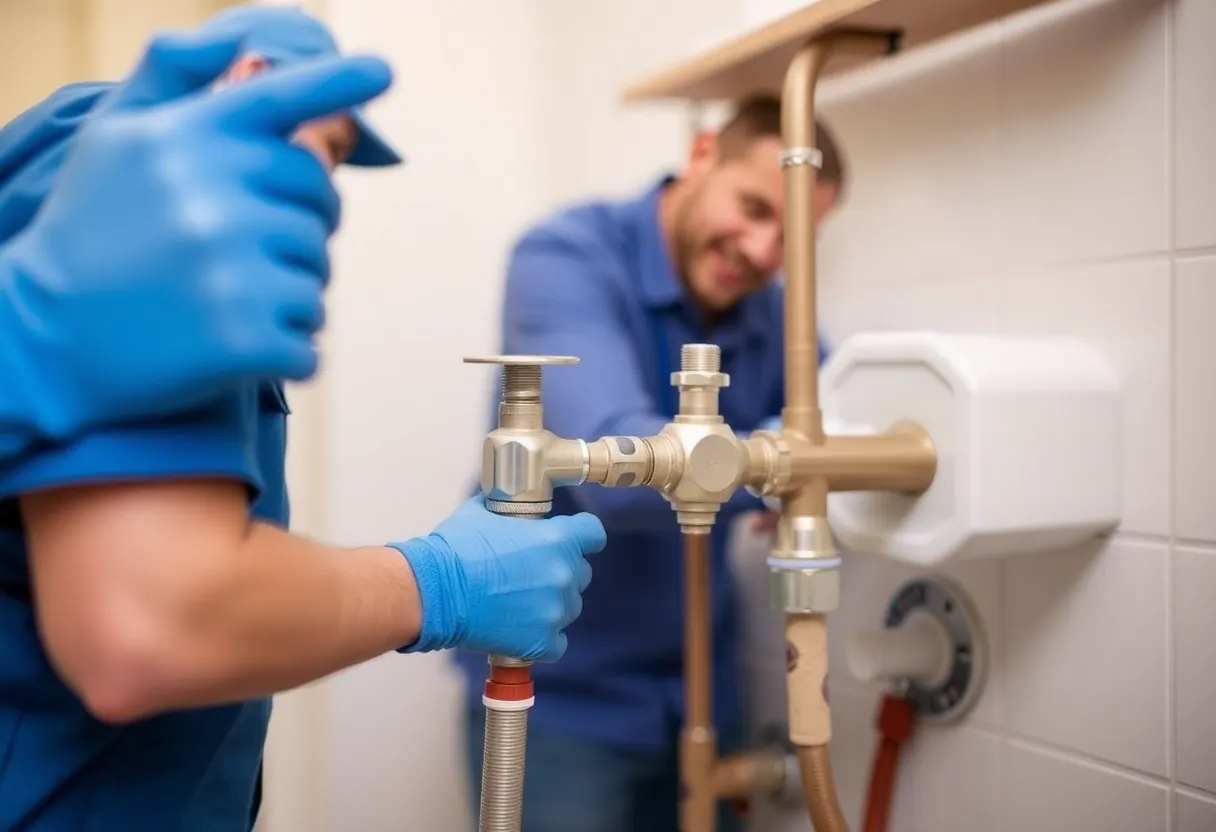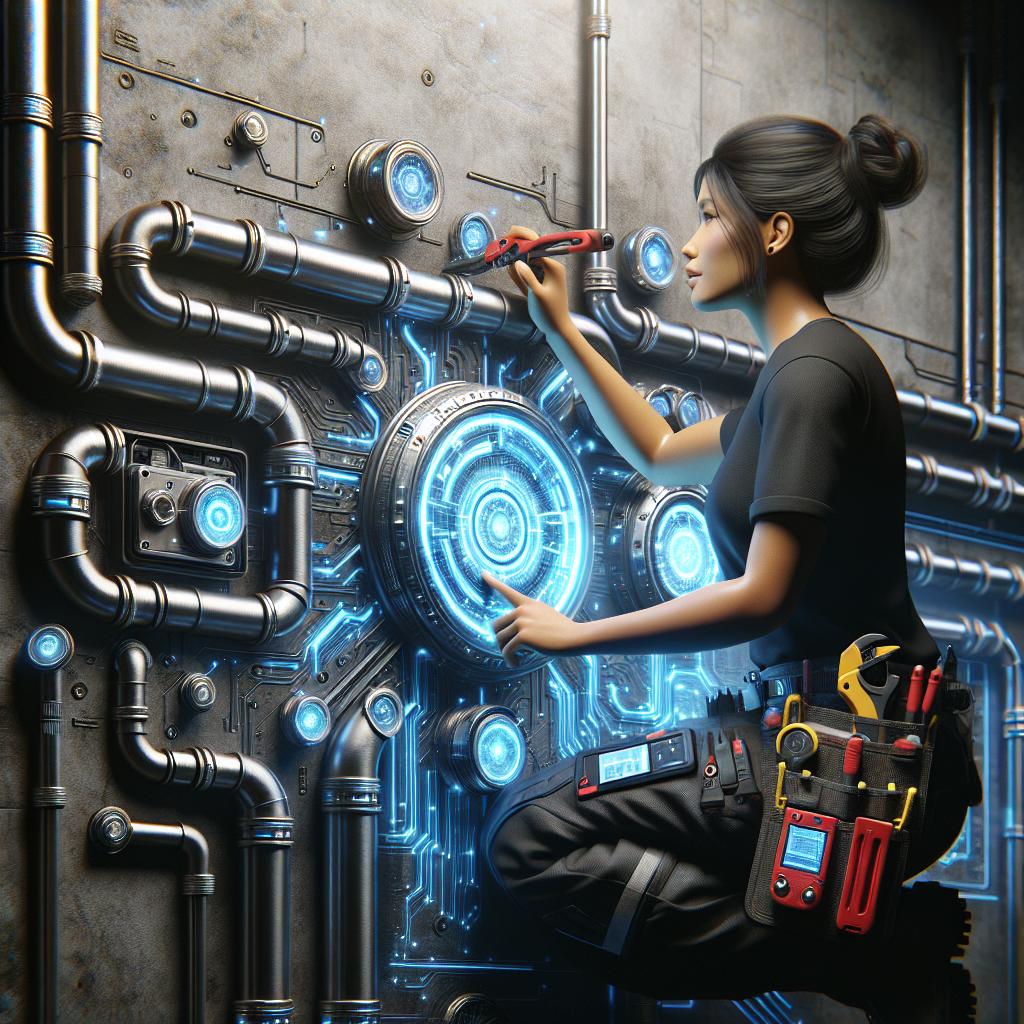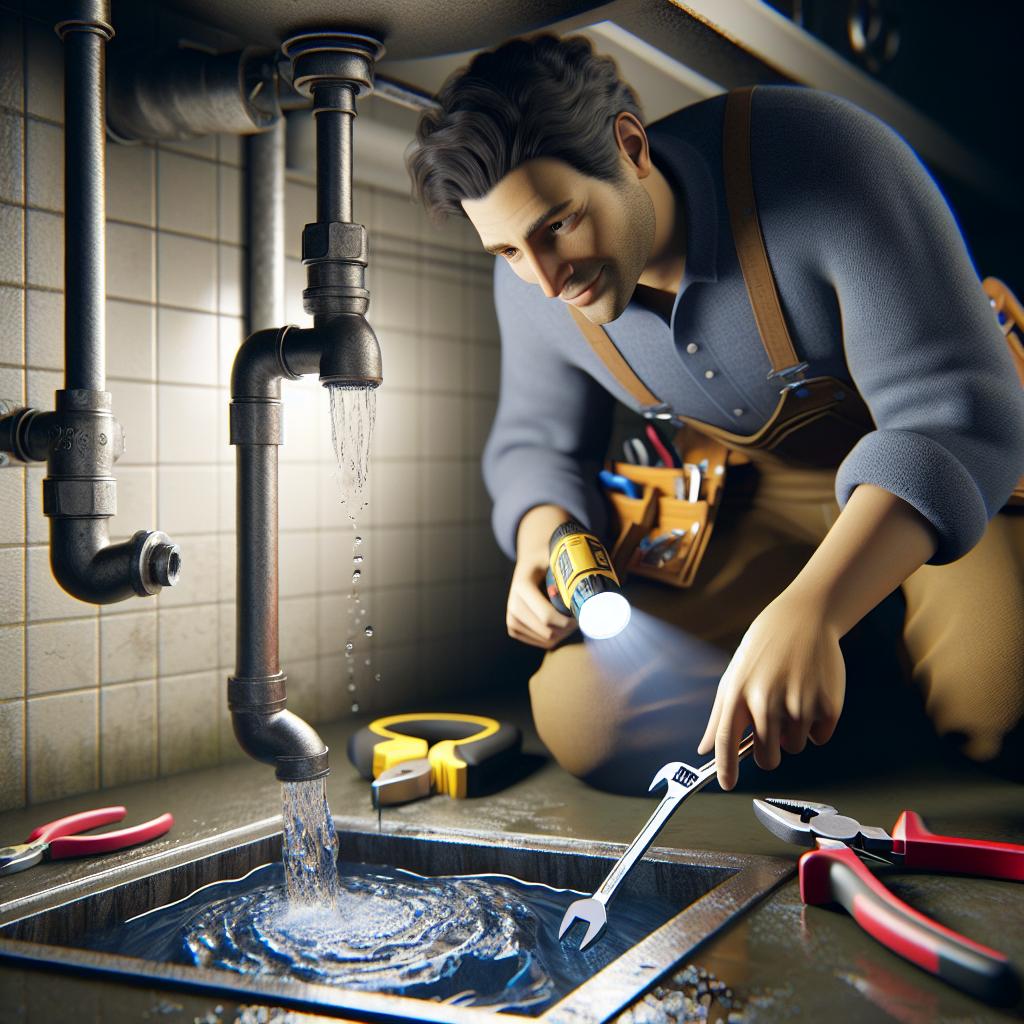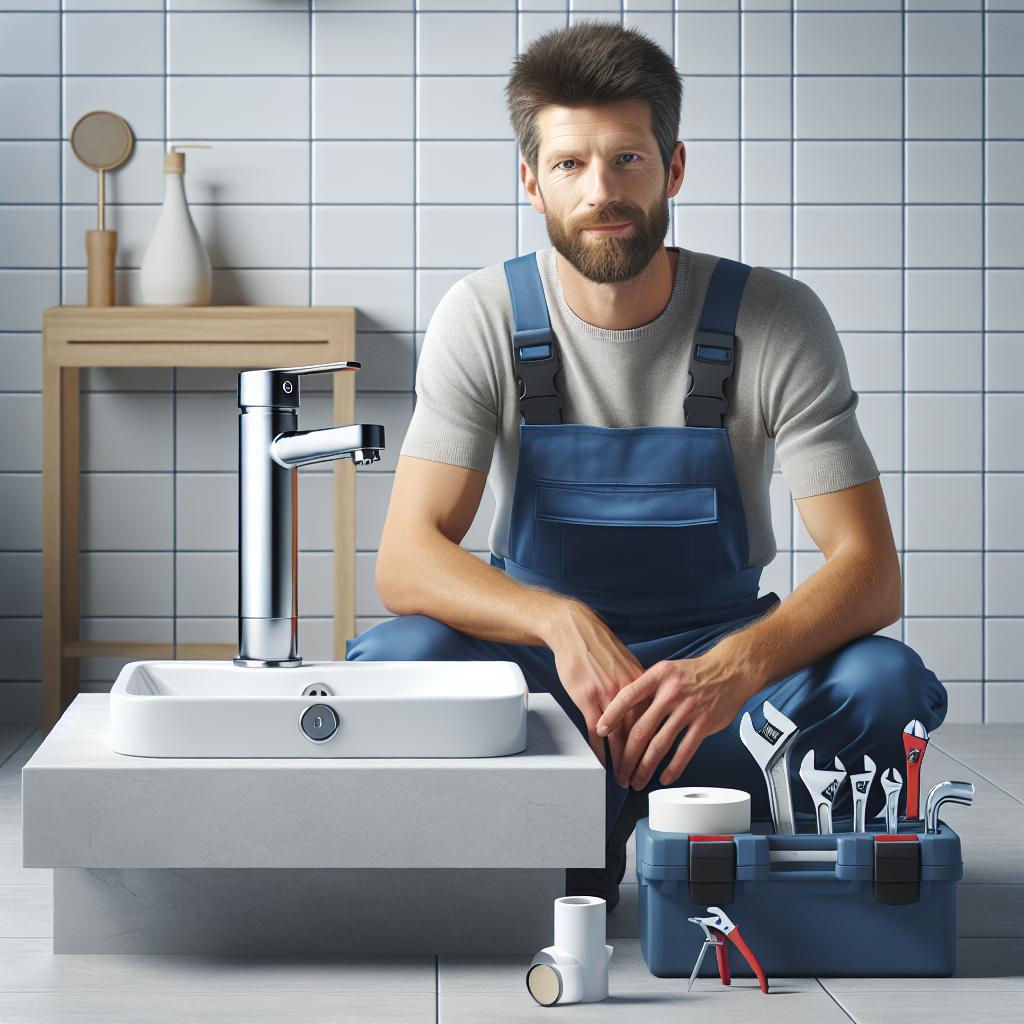Plumbing Simplified: 10 Essential Tools Every Homeowner Needs for Quick Fixes and Maintenance
When it comes to maintaining your home, plumbing is an area that homeowners often overlook until it becomes an urgent issue. A small leak can lead to significant damage if not addressed quickly. Having the right tools on hand not only equips you to handle minor repairs but can also save you money on unnecessary callouts to professional plumbers. In this article, we’ll explore 10 essential tools that every homeowner should have for quick plumbing fixes and routine maintenance.
1. Plunger
The plunger is often considered the most essential plumbing tool. It is particularly useful for clearing clogged toilets, sinks, and tubs. A professional-grade plunger has a larger suction cup that can handle tougher clogs.
Types of Plungers
- Flange Plunger: Best suited for toilets.
- Cup Plunger: Works well for sinks and tubs.
Tip: Always use a plunger that is appropriate for the type of clog you are addressing to ensure the best performance.
2. Pipe Wrench
A pipe wrench is indispensable for gripping and turning pipes, fittings, and nuts. This tool is especially useful for tightening or loosening plumbing fixtures.
Choosing the Right Size
Pipe wrenches come in various sizes, so it’s beneficial to have at least two sizes—one for smaller pipes and another for larger ones.
3. Adjustable Wrench
An adjustable wrench is another versatile tool that can be used for a variety of plumbing tasks. Its movable jaw allows it to grasp different sizes of nuts and bolts, making it ideal for tightening or loosening fittings in confined spaces.
4. Screwdriver Set
A complete screwdriver set with both flathead and Phillips-head drivers is essential for plumbing maintenance. These tools can be used to secure fixtures or remove components that require adjustment or replacement.
Features to Look For
- Magnetic tips for easy screw handling
- Ergonomic handles for comfortable use
5. Pipe Cutter
For any plumbing project that involves changing out sections of pipe, a pipe cutter is a must-have. This tool allows you to make clean and precise cuts in copper, PVC, or even steel pipes.
How to Use a Pipe Cutter
To use a pipe cutter, simply place it around the pipe, tighten the knob until it grips the pipe, and then rotate the cutter around the pipe until it breaks through.
6. Teflon Tape
Commonly overlooked, Teflon tape is crucial for ensuring leak-proof connections when working with threaded pipes and fittings. This tape prevents water from seeping through the threads of joints.
Application
Wrap the Teflon tape around the male threads of the pipe before connecting it to the female fitting, ensuring a tight seal.
7. Plumber’s Snake
A plumber’s snake is vital when plunging doesn’t resolve stubborn clogs. This tool can reach deep into pipes to break up or retrieve blockages.
Types of Plumber’s Snakes
- Handheld Snake: Great for minor clogs in sinks and toilets.
- Motorized Snake: Best for tougher clogs in larger pipes.
8. Bucket
While not a traditional plumbing tool, a bucket is essential for any plumbing job. It can catch water from leaks during repairs or hold small tools and parts while you work.
9. Utility Knife
A sharp utility knife can be invaluable for making precise cuts in various materials, including plastic and cardboard, making it easier to access plumbing behind walls or in cabinets.
Safety First
Always ensure the blade is sharp and the knife is handled carefully to avoid accidents.
10. Safety Gear
Last but not least, proper safety gear is paramount when tackling plumbing repairs. This includes gloves, safety glasses, and even knee pads for flooring protection.
Key Components of Safety Gear
- Gloves: Protect your hands from sharp objects and harsh chemicals.
- Safety Glasses: Shield your eyes from debris and accidental splashes.
Bonus Tips for Plumbing Maintenance
Now that you are equipped with the essential plumbing tools, here are some bonus tips to keep your plumbing in good condition:
- Regular Inspections: Periodically check your pipes and fixtures for signs of wear and tear.
- Know Your Valves: Familiarize yourself with the location of your main shut-off valve; it’s crucial in emergency situations.
- Don’t Ignore Leaks: Even minor leaks can lead to bigger issues, so addressing them quickly can save time and money later on.
Conclusion
With these 10 essential plumbing tools at your disposal, coupled with the tips for maintenance, you’re well-equipped to deal with many common plumbing issues. While it’s great to take on minor repairs yourself, never hesitate to call a professional when you’re uncertain or when dealing with complex plumbing systems. Remember, keeping your plumbing in good condition can greatly enhance the longevity of your home’s infrastructure and save you from costly repairs in the long run.
